Sleep’s Undulating Tide (2016) – flute and live electronics | Elainie Lillios
Lindsey Goodman, flute
The Runaround (2022) | Christopher Dietz
Ariel Kasler, piano
Aidan Plank, bass
Dan Piccolo, drums
double shuttered splinters (2021) | Piyawat Louilarpprasert
Marion Joyce Johnson, violin
Joshua Daniel Lyphout, cello
Transparent Eyes (2000) | Marilyn Shrude
Shannon Lotti, flute
Garrett Evans, alto saxophone
Stephen Eckert, piano
Francisca de Castanheiro de Freitas, piano
Night Sky (2022) – multichannel fixed media | Elainie Lillios
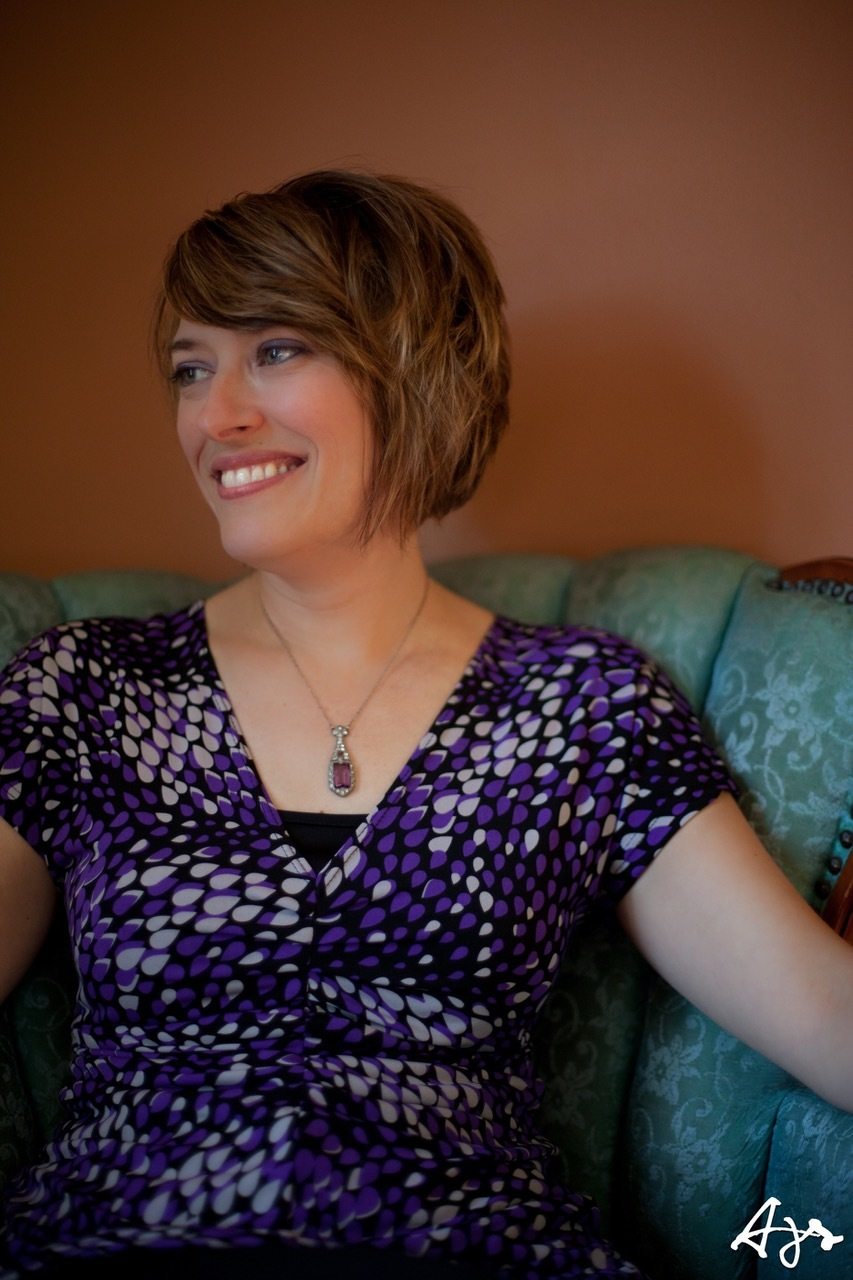
Acclaimed as one of the “contemporary masters of the medium” by MIT Press’s Computer Music Journal, Elainie Lillios creates works that reflect her fascination with listening, sound, space, time, immersion, and anecdote. Her compositions include stereo, multi-channel, and Ambisonic fixed media works, instrument(s) with live electronics, collaborative experimental audio/visual animations, and installations. She also performs live electronics with ESC Trio collaborators Chris Biggs and Scott Deal and with Origami Sound Society collaborator Mark Nagy.
Elainie’s work has been recognized internationally and nationally through awards, grants, and commissions, including a 2020 Johnstone Foundation commission, 2018 Fromm Foundation Commission, 2016 Barlow Endowment Commission, and 2013 Fulbright Scholar Award. She won First Prize in the Concours Internationale de Bourges, Areon Flutes International Composition Competition, Electroacoustic Piano International Competition, and Medea Electronique “Saxotronics” Competition. She has also received awards from the Destellos International Electroacoustic Competition, Concurso Internacional de Música Electroacústica de São Paulo, Concorso Internazionale Russolo, Pierre Schaeffer Competition, and others. She has received grants/commissions from INA/GRM, Rèseaux, International Computer Music Association, La Muse en Circuit, New Adventures in Sound Art, ASCAP/SEAMUS, LSU’s Center for Computation and Technology, Sonic Arts Research Centre, Ohio Arts Council, and National Foundation for the Advancement of the Arts. She has been a special guest at the Groupe
de Recherche Musicales, Rien à Voir, festival l’espace du son, June in Buffalo, and at other locations in the United States and abroad.
Reviews of Elainie’s compact disc Entre Espaces (available on Empreintes DIGITALes at electrocd.com) praise her work for being “… elegantly assembled, and immersive enough to stand the test of deep listening” and as “…a journey not to be missed.” Other works are published by Centaur, Innova, MSR Classics, Ravello, StudioPANaroma, Musiques et recherches, La Muse en Circuit, New Adventures in Sound Art, SEAMUS, Irritable Hedgehog and Leonardo Music Journal.
Elainie serves as Director of Composition Activities for SPLICE (www.splicemusic.org) and as Professor of Creative Arts Excellence at Bowling Green State University in Ohio. elillios.com
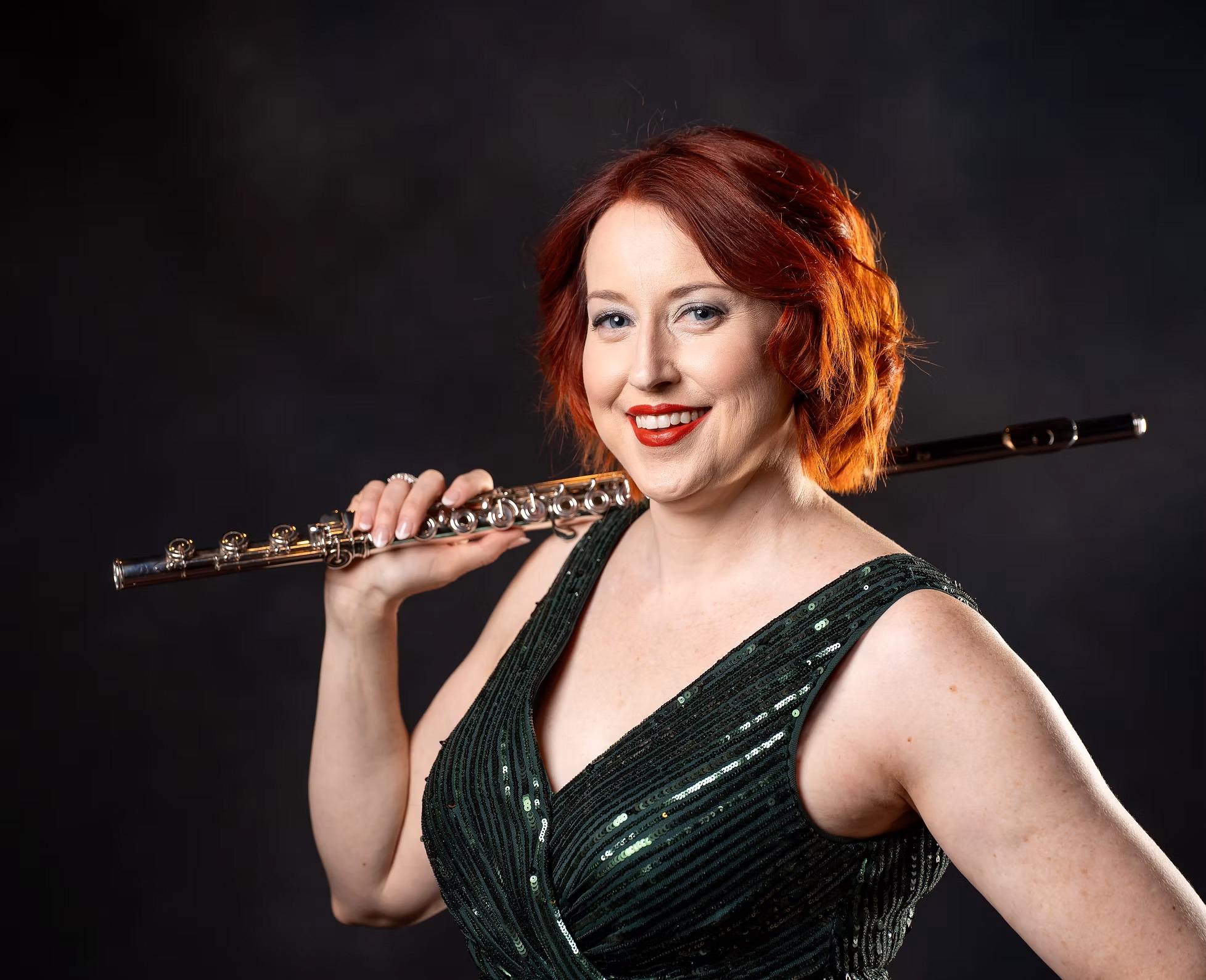
Flutist Lindsey Goodman is a soloist, recording artist, chamber collaborator, orchestral musician, educator, and clinician whose “palette of tone colors includes cool silver, warm chocolate, the bright colors of a sunrise, and the deep blue of midnight.” (The Flutist Quarterly) Renowned for her “energy and artistry, conveying her exuberance and creativity” (Pittsburgh in the Round), Lindsey has performed solo and chamber concerts, taught masterclasses, and given presentations at countless series, festivals, and universities. Performances “played with conviction” (New York Times) have been heard across three continents, including at Carnegie Hall, Eastman School of Music, Edinburgh Festival Fringe, Oberlin Conservatory of Music, Google headquarters, University of Cincinnati College–Conservatory of Music, several National and Canadian Flute Association conventions, across China, and on the Nobody Listens to Paula Poundstone podcast.
A committed advocate for living composers and electroacoustic music, Lindsey “appears to know no fear in tackling the most demanding music” (Pittsburgh Tribune-Review) and is an active commissioner of new works with 218 world premieres to her credit. On her debut solo album, reach through the sky (New Dynamic Records), Lindsey “performs impeccably with superlative elegance and flair” (The Flute View), and her second solo release, returning to heights unseen (PARMA Recordings), is “a feast of sound and texture, showcasing her skill as a flutist and an interpreter of contemporary music”. (The Flutist Quarterly) Both feature all commissioned pieces. Her third solo album, Etereo (PARMA Recordings), is "an enthralling album of new works for flute” (The Flute View), and she can also be heard in solo, concerto, chamber, vocal, and orchestral performances on the New World, BMOP/sound, Albany, and New Focus labels, among others. Lindsey has given multiple professional recitals in New York City, performed concertos from Mozart to commissioned works across the United States and Canada, and been featured in live and recorded radio broadcasts on stations around the world.
Lindsey, “a flutist who has it all” (The Whole Note), is principal flutist of the West Virginia Symphony Orchestra, instructor of flute at Otterbein University and Glenville State University, artist faculty member of the Mostly Modern Festival, and solo flutist of the new music ensemble What Is Noise. She is a founding member of flute quartet PANdemonium4 and of Chrysalis, a singing flutist and singing pianist duo, showcasing her training as a
classical mezzo-soprano. For over 18 seasons, she performed as solo flutist of the Pittsburgh New Music Ensemble. A student of Robert Langevin and Walfrid Kujala, Lindsey received degrees from the Manhattan School of Music, Northwestern University, and Duquesne University.
During the 2024 - 2025 season, Lindsey eagerly anticipates making her Weill Recital Hall recital debut at New York City’s Carnegie Hall, releasing her latest album of works by living composers, in the company of music, with PARMA Recordings, and performing at Lincoln Center in New York City with What Is Noise. She resides in Pickerington, Ohio with her husband, percussionist, composer, and educator Chris Carmean, and their Bichon Frise puppy Beau. www.LindseyGoodman.com
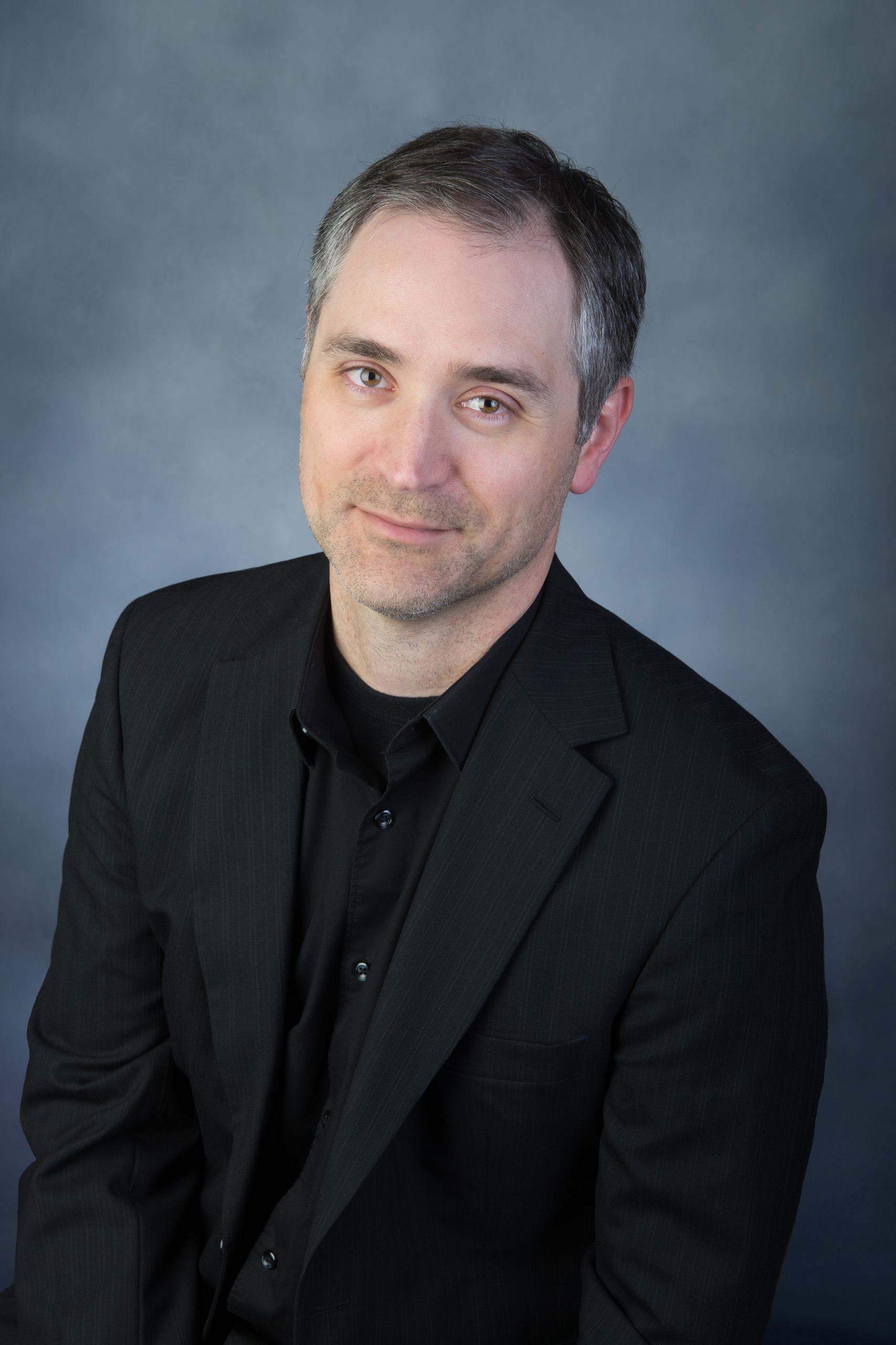
Christopher Dietz composes music inspired by a wide variety of sources, both real and conceptual. Poetry, sound as sculpture and color, how toddlers play, deep time and the cosmos, rhythm as geometry, religion and politics, animal behavior, and the music of others are a few of the subjects that have informed his musical imagination. Christopher holds degrees from the University of Michigan, the Manhattan School of Music, and the University of Wisconsin. www.christopher-dietz.com
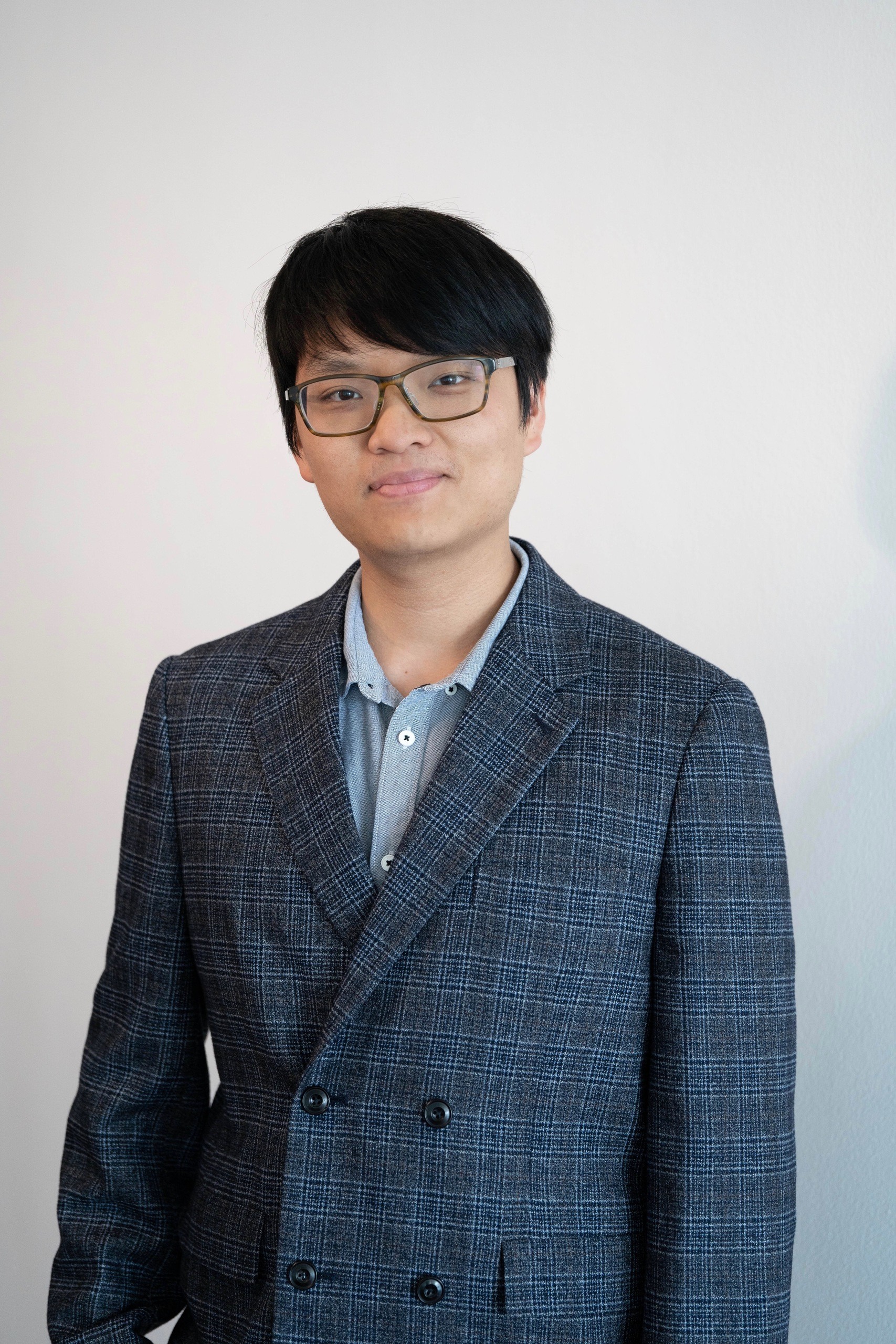
“Young and Gifted, Meet the rebel Thai composer taking music to unheard heights” (CNN News Worlds Report, Karla Cripps)
Originally from Bangkok, Piyawat Louilarpprasert is a Thai composer, multimedia performer, and curator who works with the interweave of music composition, visual art, and sound installation. Piyawat’s music explores possibilities of creating the amalgamation of sonic and visual arts, including integrating multimedia and music, deconstructing instruments’ s mechanism and physicality with sound production method, and involving Thai traditional music elements in new compositions.
With performances spanning over 30 countries across Asia, Europe, and United States, Piyawat has received commissions and awards, including the Fromm Foundation Commission, Harvard University (Boston), the Ernst von Siemens Musikstiftung Commission (DE), British Council Grant Prize (UK), Musicanova—Helsinki Philharmonic (Finland), 100th year commission of Donaueschinger Musiktage (DE), KulturKontakt Residency by the Austrian Federal Chancellery (Austria), Best Music Award International Computer Music Conference (Shenzhen), Impuls Composer Commission (Graz), Artist in residence of Südwestrundfunk (SWR) Experimental Studio (Freiburg). Recently, Piyawat and his ensemble Tacet(i) are the recipient of the prestigious Ernst von Siemens Ensemble Prize in 2024-25. In 2026, Piyawat is appointed a resident composer ar Münchener Biennale 2026 (Germany), commissions for new opera and orchestral works for Münchener Kammerorchester, see more: www.piyawatmusic.com
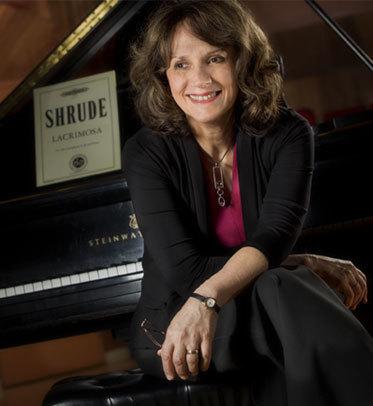
The music of composer Marilyn Shrude is characterized by its warmth and lyricism, rich timbre, multi-layered constructions, and complex blend of tonality and atonality. The result is a bright, shimmering and delicately wrought sound world that is at once both powerful and fragile (Natvig – New Grove). Her concentration on color and the natural resonance of spaces, as well as her strong background in Pre-Vatican II liturgical music, gives the music its linear, spiritual, and quasi-improvisational qualities.
Shrude earned degrees from Alverno College and Northwestern University, and has served on the faculty of Bowling Green State University since 1977. Among her more prestigious honors are those from the Guggenheim Foundation, American Academy of Arts and Letters, Rockefeller Foundation, Chamber Music America/ASCAP, Meet the Composer, Sorel Foundation (Medallion Winner for Choral Music 2011), and the National Endowment for the Arts. She was the first woman to receive the Kennedy Center Friedheim Award for Orchestral Music and the Cleveland Arts Prize for Music. She was named a Distinguished Artist Professor in 2001 and received BGSU’s Lifetime Achievement Award in 2014. Most recently, Shrude received an Honorary Doctorate from the West University of Timisoara, Romania (November 2024).
Active as a composer, pianist, teacher, and contemporary music advocate, Shrude has consistently promoted American music through her many years as founder and director of the MidAmerican Center for Contemporary Music (1987-99), as chair of the Department of Musicology/Composition/Theory at BGSU (1998-2011) and as coordinator of the doctoral program in contemporary music (2006-2024). Together with saxophonist, John Sampen, she has premiered, recorded and presented hundreds of works by living composers both in the United States and abroad. Guest appearances as a pianist and composer include tours to the Soviet Union, China, Japan, Belgium, South America, the Netherlands, France, and Armenia, as well as numerous performances in the United States.
Sleep’s Undulating Tide
Sleep’s Undulating Tide takes its inspiration from Margaret Atwood’s poem Variations on the Word Sleep. Her expressive text reveals desire, intimacy, and longing -- “I would like to sleep with you, to enter your sleep as its smooth dark wave slides over my head.” Atwood’s imagery progresses through a dream-like state where she desires to accompany her lover through the beauty of a “lucent wavering forest of bluegreen leaves” and then into a foreboding darkness “towards the cave where you must descend, toward your worst fear.” Her continuing journey references Orpheus’s descent into hell to rescue Eurydice by yearning to “become the boat that would row you back carefully.” Atwood’s evocative poem ends with a simple yet profound expression to “be the air that inhabits you for a moment only”, with its intent to be simultaneously unimportant yet vital. Sleeps Undulating Tide was commissioned by Phoenix Concerts for Lindsey Goodman and is dedicated to her with appreciation and admiration.
The Runaround was commissioned by Adam Har-zvi and Eva Panagou
double shuttered splinters (2021) explores string timbres through the use of shuttered techniques and prepared strings with binder clips. The binder clips, made of metallic and plastic materials, alter the natural resonance of the strings, transforming their sound into a more mechanical, machine-like quality. The shuttered technique, generated by the performer's physical motion (arm-shaking), introduces a dynamic interplay of continuity and discontinuity, blending intentional and unintentional noises. The fusion of these techniques creates a layered sonic texture, producing double exposures of energy and sonority between the violin and cello throughout the piece. The piece was commissioned by Wet Ink and International Contemporary Ensemble, premiered at MATA festival, New York.
Transparent Eyes (2000) was commissioned by Selmer France and is dedicated to Jean-Michel Goury and the Quatuor Apollinaire. The work was premiered on February 20, 2001 in Tel Aviv by members of the quartet: Sophie Goury, flute; Jean Michel Goury, alto saxophone; Marie Christine Josset, piano; Yves Josset, piano. A small fragment from a work of J. S. Bach is the germinal motive. Building on what is initially a three-note fragment, the material is presented (though never in its entirety) and transformed as the piece unfolds. The ideas are expressed as subtle tints, rather than bold colors, so that the overall effect is veiled. The view, however, is never obstructed; the object can be clearly observed from many angles, just as a mobile as it imperceptibly and quietly turns. Transparent Eyes was recorded by Quatuor Apollinaire and is available on EROL Records 7030.
Night Sky presents a meditative sonic journey in response to James Turrell’s “Twilight Epiphany” Skyspace in Houston, Texas, and was composed for that space. The Skyspace communicates a vastness of space and the solidity of the earth, with its ceiling keyhole open to the sky and its pyramid-like structure containing the body of its form. Considering this, I found the poem “Night Sky” by Don Bogen, whose narrative that juxtaposes the starry, ever-expanding universe with the author's fixed presence on earth reflects a similar duality. The poem “Night Sky” appears with permission of the poet. Katherine Pracht Phares and Steven Naylor narrated Bogen's Night Sky, recorded by audio engineer Michael Laurello. Night Sky was commissioned through an Arts Initiative Grant from Rice University.
Night Sky
Staring at the stars,
I imagine you
vanished and dispersed
in that unreachable
clarity of light.
They glisten, sharp and cold,
vast distances apart
yet coming to their marks
the same time every night
of their season.
The seasons slowly move,
carrying their forms—
I recognize so few:
Orion with his belt dominating winter,
a wobbly W,
the dipper’s angled box
and handle, each bright dot
individually
jeweled there.
Nothing there is fixed,
not even that clear star
that seems always to point
just one way as it speeds
farther and farther off.
All of them are whirling
on their separate paths,
circles and ellipses,
poles of radiance
that spread the dark.
What can be made of that?
If you are nothing now
but memory, the stars
seem a proper home.
Long after the sun
swells to disperse the earth,
they’ll change as you have,
light vanishing with time,
light beyond the reach
of light itself.
Staring at the light
an explosion sent
from some place nowhere now, I know it
will outlast
whatever I become.
Imagining its end,
I see it moving still
when nothing can be seen
and we are both nothing everywhere.
Copyright © 2019 Don Bogen. All rights reserved. Used with permission of the author.
Thank you to our media sponsor

Updated: 03/25/2025 02:52PM
